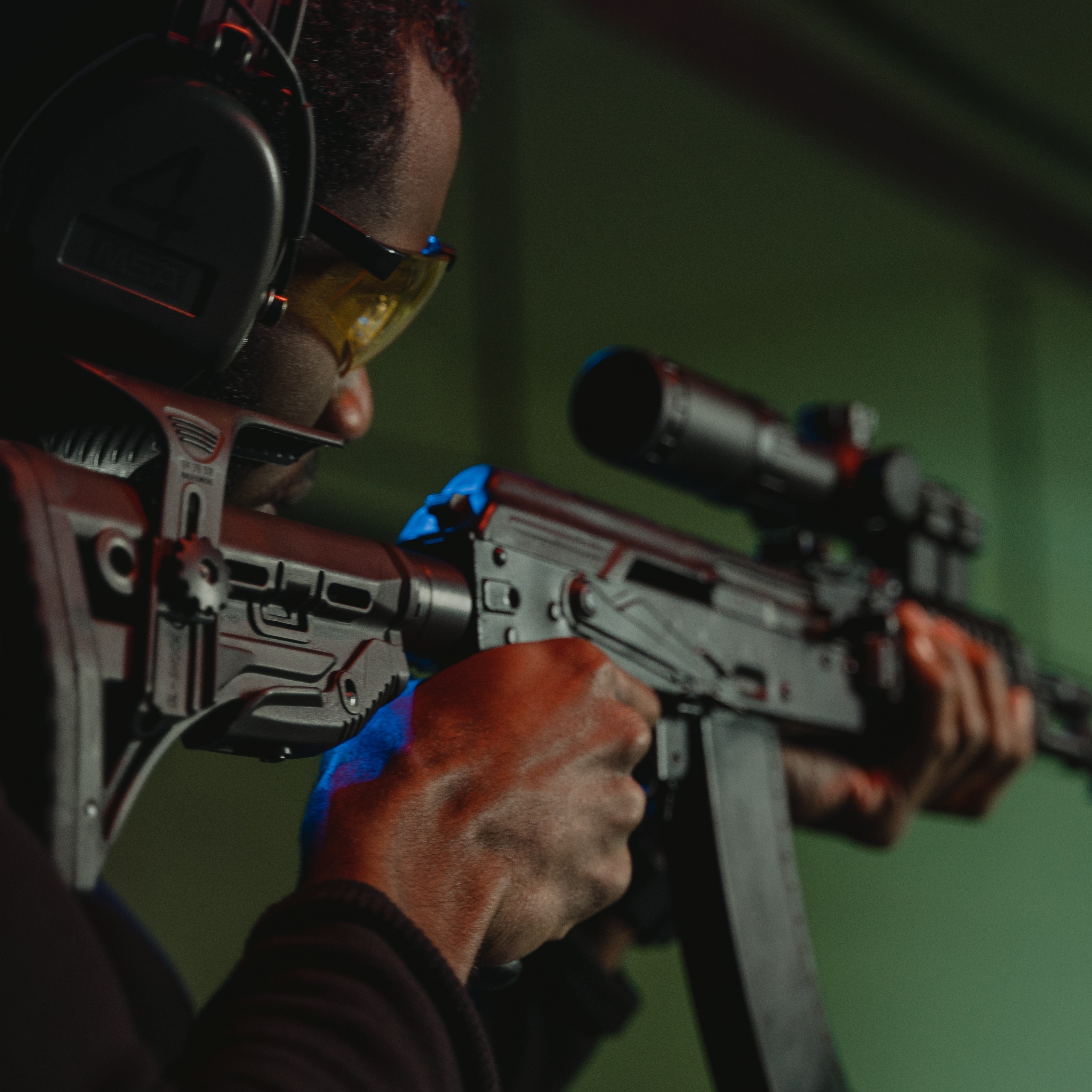
Engaging Police When a Firearm Is Present: Your Rights and Best Practices
David Walton
Oct 14, 2023
When a traffic stop involves a legally owned firearm, it's essential to be well-prepared to protect your rights and ensure the safety of everyone involved. In this quick guide, we explore the complexities surrounding the presence of a firearm when having to engage with law enforcement and provide you with invaluable insights. Here are the key guidelines to keep in mind:
- Stay Calm and Compliant: Maintaining composure is paramount. Follow the officer's instructions, keep your hands visible, and avoid sudden movements. Law enforcement are specifically trained to view every individual they engage as a potential suspect, so demonstrating that you pose no threat is crucial.
- Duty to Inform States: There are 12 states, along with the District of Columbia, that require you to inform immediately upon contact with law enforcement. As well, there are 12 states with laws that stipulate you must notify only when asked by law enforcement. Check out the USCCA to view a map and listing of these states.
- When Required or You Desire to Disclose: As soon as the officer approaches your vehicle, respectfully inform them of the presence of a legally owned firearm. Express your intention to fully cooperate and adhere to their guidance.
- Do Not Reach for the Firearm: Under no circumstances should you attempt to access your firearm unless explicitly instructed to do so by the officer. Wait for their guidance and follow instructions meticulously.
- How Retrieve a Firearm for Inspection: If law enforcement decides to inspect your firearm but gives confusing orders or request that you retrieve it, STOP and calmly request permission to exit the vehicle and suggest they retrieve it. Inform them where the firearm is located and explicitly tell the officer that they may enter your vehicle for the specific purpose of retrieving the firearm, but do not have your permission to conduct a broader search.
- Maintain Proper Identification: Keep essential identification documents, such as your driver's license and firearm permit, easily accessible. Inform the officer before retrieving them and adhere to their instructions for presenting documentation.
- Cooperate and Communicate Clearly: Wholeheartedly cooperate with the officer's directives and respond to their questions respectfully. Avoid confrontational behavior, as clear and concise communication is the key to a safe interaction.
- Record the Interaction Where Possible: While the majority of traffic stops, whether firearms are present or not, conclude swiftly and without incident, it's imperative to acknowledge the thousands of encounters that escalate into confrontations and violence. To protect your rights and ensure transparency, consider documenting the interaction from your perspective by utilizing a dashcam, smartphone, or both.
- Seek Legal Counsel When Necessary: If you believe your rights have been violated or encounter issues during the encounter, consider filing a police complaint and/or seeking legal counsel afterward to determine your legal options for remedies.
Remember, these best practices provide general guidelines, and it's crucial to understand and comply with the specific laws and regulations in your jurisdiction. The key to your safety is to act responsibly, communicate clearly, keep your hands visible, remain calm, composed, and be respectful.
← Older Post Newer Post →


1 comment
Allen Rutherford / Nov 19, 2023 at 08:11
I have my LTC and always have my wepon on me. What If I am passenger in a vehicle and they want to ID me. It my understanding that passengers do NOT have to present IDs